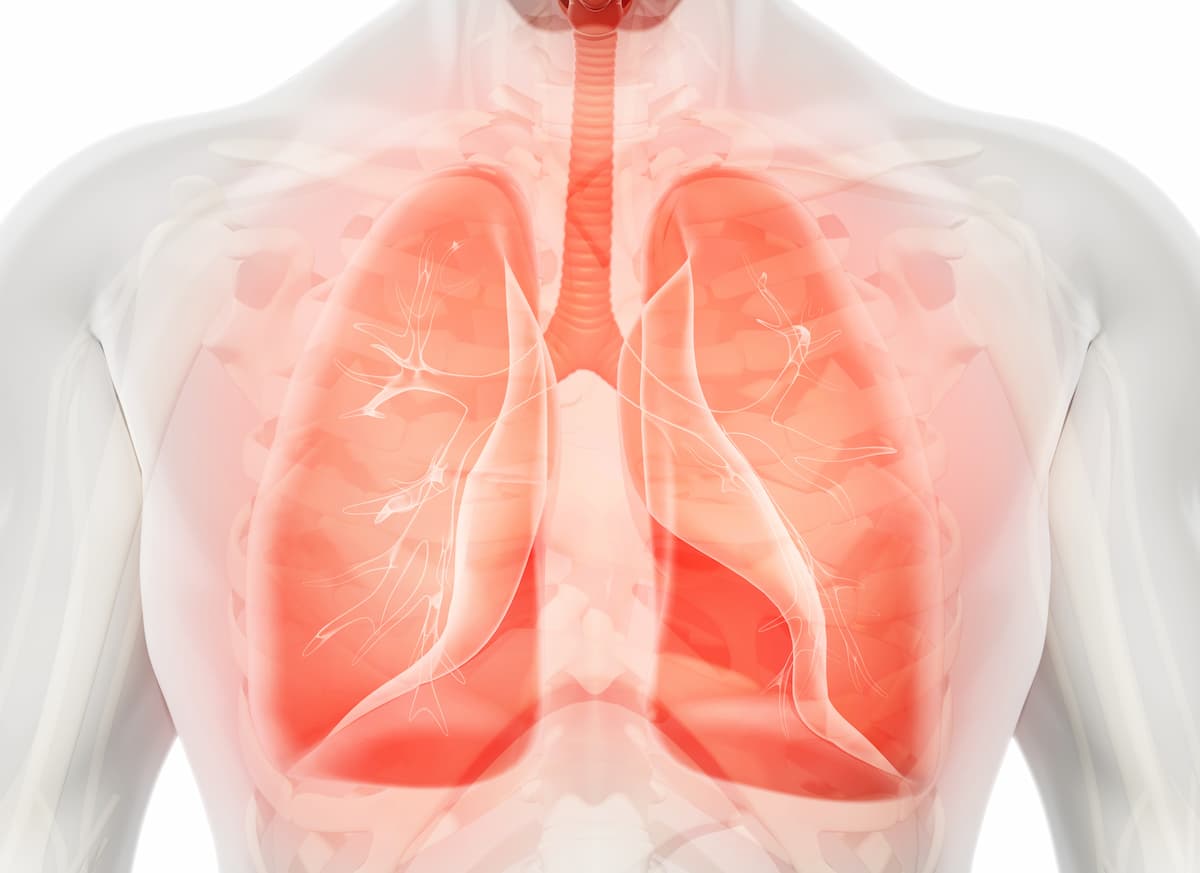Early CT Lung Cancer Screening Significantly Improves Survival in Lung Cancer
Early CT screening leads to a 20-year lung cancer survival rate of 81%.
Currently, less than 6% of the population that is eligible for screening receives it.

Low-dose computed tomography (CT) screening was found to significantly improve the cure rate for patients with lung cancer, according to a study led by Mount Sinai researchers.1
Results demonstrated a 10-year lung cancer–specific survival rate of 81% (95% CI, 79%-84%) and a 20-year lung cancer–specific survival rate of 81% (95% CI, 78%-83%) in patients who were diagnosed with lung cancer through early CT screening. Among patients who were diagnosed with stage I disease (≤10mm), the survival rate was 95% (95% CI, 91%-98%).2
“While screening doesn’t prevent cancers from occurring, it is the major tool to identify lung cancers in their earliest stage when they can be cured,” lead study author, Claudia Henschke, MD, PhD, professor of diagnostic, molecular and interventional radiology and director of the Early Lung and Cardiac Action Program (ELCAP) at the Icahn School of Medicine at Mount Sinai in New York said in the press release. “Ultimately, anyone interested in being screened needs to know that if they are unfortunate enough to develop lung cancer, it can be cured if found early.”
Currently, less than 6% of the population that is eligible for screening receives it.
International ELCAP (I-ELCAP) is a multicenter, global research program where a total of 89,404 patients underwent lung cancer screening between 1992 and 2022. Of that population, 1257 patients were diagnosed with first primary lung cancer, either non–small cell lung cancer or small cell lung cancer, regardless of stage or type of treatment. Patients were required to be over the age of 40 years and have been a smoker or exposed to smoking. A total 684 patients were male, and the median age was 66 years (IQR, 61-72). The median duration of follow-up was 105 months (IQR, 41-182).
The Kaplan-Meier survival analysis was used to calculate 10- and 20-year lung cancer-specific survival rates through annual screening. The program found that the Kaplan-Meier survival plateau was reached 10 years after diagnosis.
The patients within the study were also separated into 3 categories of smoking. The 20-year survival rate of those who smoked or were exposed to secondhand smoke for less than 10 years was 85% (95% CI, 78%-91%). The survival rate for those who smoked 10 to 9 years was 83% (95% CI, 77%-89%). In those who smoked for over 30 years, the survival rate was 79% (95% CI, 77%-82%).
I-ELCAP was based off ELCAP (NCT00047385), the domestic version of this screening program, which started in 1992.3There, 1000 patients who were at least 60 years old, had a cigarette smoking history of 10 years, and showed no symptoms of cancer were entered into a program that compared annual low-dose CT with annual chest radiography. Low-dose CT screening detected non-calcified nodules in 23% (95% CI, 21%-26%) of patients; chest radiography detected 7% (5%-9%). CT screening also detected malignant disease in 2.7% (1.8%-3.8%) of patients; chest radiography detected 0.7% (0.3%-1.3%).
References
- Mount Sinai Health System. Lung cancer screening dramatically increases long-term survival rate. News release. Mount Sinai Health System. Published November 2, 2022. Accessed November 7, 2023. https://tinyurl.com/ya47vx8y
- Henschke CI, Yip R, Shaham, D, et al. A 20-year follow-up of the International Early Lung Cancer Action Program (I-ELCAP). Radiology. 2023;309(2):e231988. doi:10.1148/radiol.231988
- Henschke CI, McCauley DI, Yankelevitz DF, et al. Early Lung Cancer Action Project: overall design and findings from baseline screening. Lancet. 1999;354(9173):99-105. doi:10.1016/s0140-6736(99)06093-6